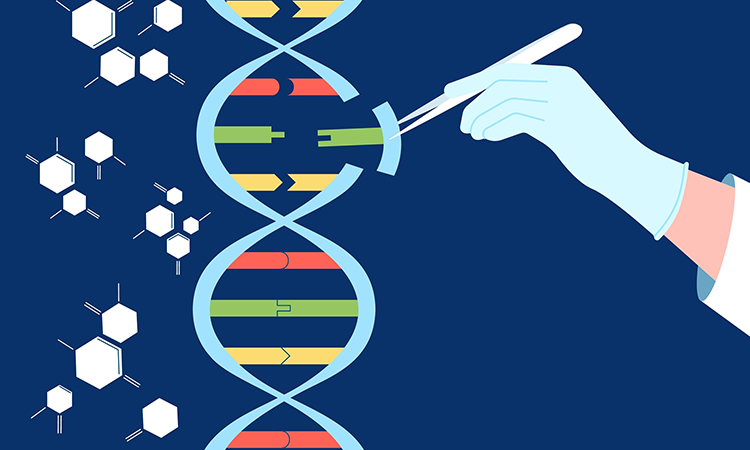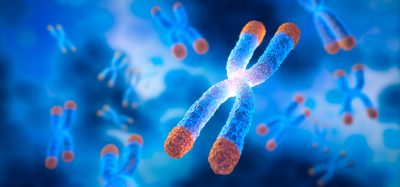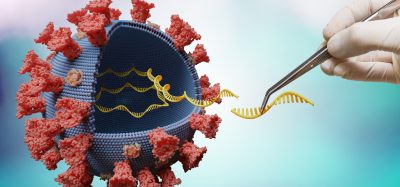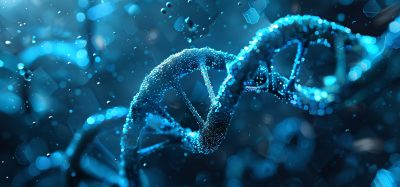An effective and error-free gene editor
Posted: 24 June 2022 | Ria Kakkad (Drug Target Review) | No comments yet
Scientists have developed a new gene editor which uses a modified pair of molecular scissors that make nicks on opposite strands of the DNA at two different points.


The gene editor CRISPR-Cas9 can be used to treat inherited blood disorders, but this may cause unintended genetic alterations. Sometimes, cuts are made at sites that are very similar to the target sequence but are in entirely different regions of the DNA. These mistakes, which scientists refer to as “off-target mutations,” can have unexpected consequences. Even if CRISPR-Cas9 makes its cut at the correct site, errors can occur when the cut is repaired – a phenomenon known as “on-target mutations.”
Scientists from the Molecular Medicine in the Helmholtz Association (MDC) and the Humboldt-Universität zu Berlin, both Germany, have presented a new, refined approach that has been dubbed “spacer-nick”. This method employs a modified pair of molecular scissors, known as nickases, that make nicks on opposite strands of the DNA at two different points. The study was recently published in Science Advances.
The team built in a spacer that allows greater precision when detecting and repairing faulty genes. “We use this spacer to ensure that the two nicks are made 200 to 350 base pairs apart and that double-strand breaks in the DNA are avoided,” explained Dr Van Trung Chu, co-last author of the paper. “Our experiments with hematopoietic stem cells and T cells have shown that this is the optimal distance for minimising both on-target and off-target mutations. Any shorter, and we risk cutting through the entire DNA molecule – despite the use of two separate scissors.”
The scientists can even quantify the superiority of their fine-tuned genetic scissors and offset double nicks: “With the classic CRISPR-Cas9 method, on-target mutations occur in more than 40 percent of interventions. The spacer-nick system can bring this down to under two percent,” explained Chu.
The researchers explained, however, the success with off-target mutations cannot be determined quite as easily and accurately—they occur frequently when the classic genetic scissors are used but they are rare. What remains unclear for now is the exact mechanism by which the genetic material is repaired following the spacer-nick cuts.
In terms of effectiveness, spacer-nick is on par with the conventional tool: “With both methods, we are able to successfully repair between 20 and 50 percent of the treated cells,” said Chu. That is probably enough, he continued to explain, to cure patients with an inherited blood disorder that stems from only a single altered gene.
The team hope that other researchers will take up their idea and test spacer-nick – first in animal models and then soon on the first human patients.
Related topics
CRISPR, Gene Testing, Gene Therapy, Genome Editing, Molecular Biology, Molecular Targets
Related organisations
Humboldt-Universität zu Berlin, Molecular Medicine in the Helmholtz Association (MDC)
Related people
Dr Van Trung Chu








